Bhutan travel tips
Bhutan travel tips: Land of the Thunder Dragon, captivates with its stunning Himalayan scenery, rich culture, and commitment to Gross National Happiness.
Districts 🌎
Bhutan travel tips. Here is a list of all the districts of the Bhutan.
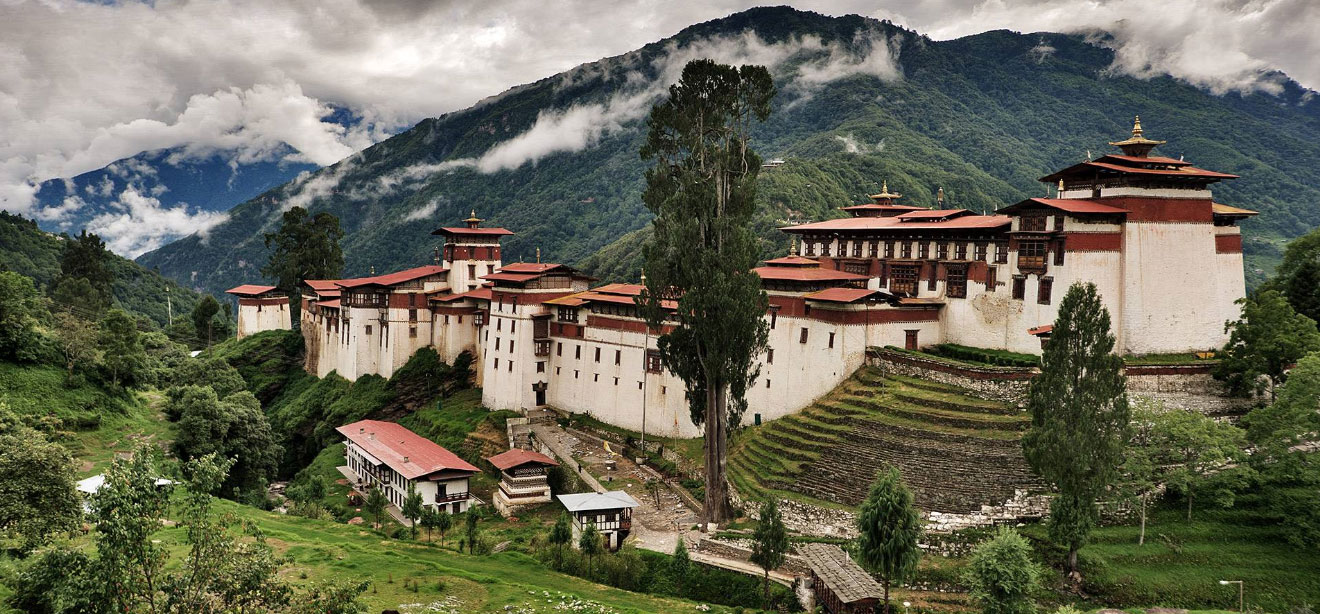
Bumthang

Chhukha
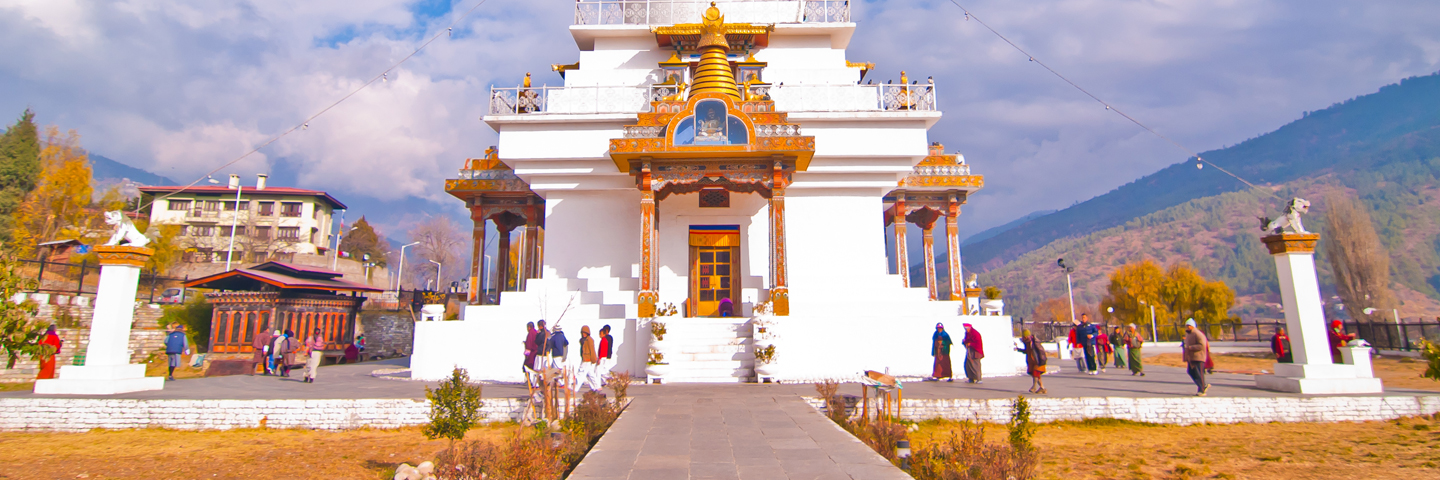
Dagana

Gasa
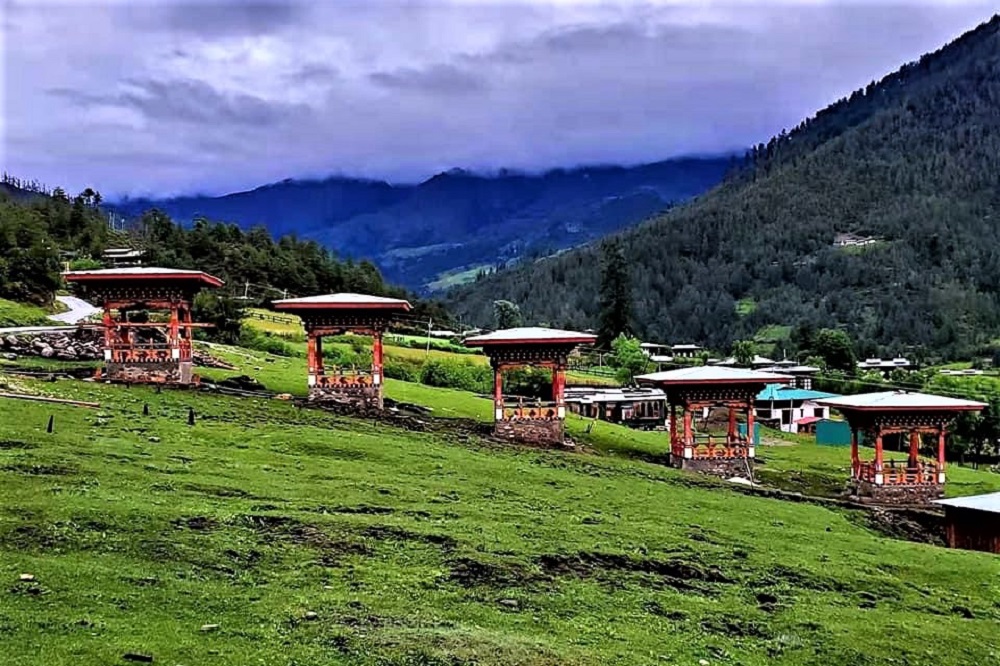
Haa

Lhuentse
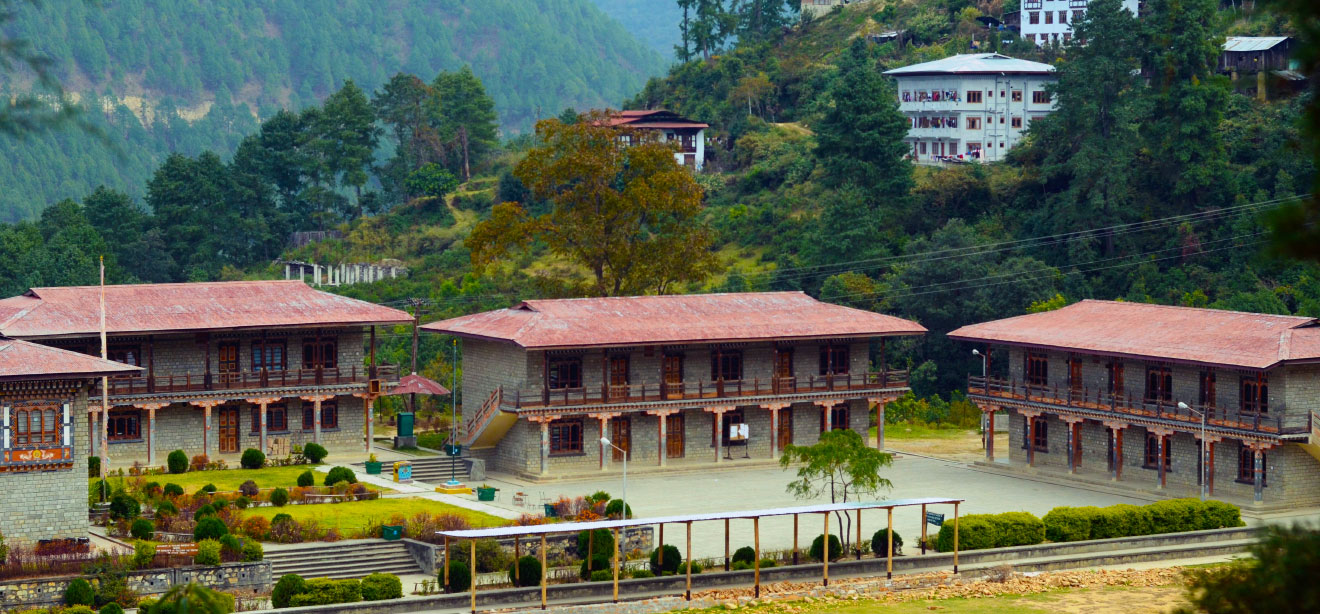
Mongar
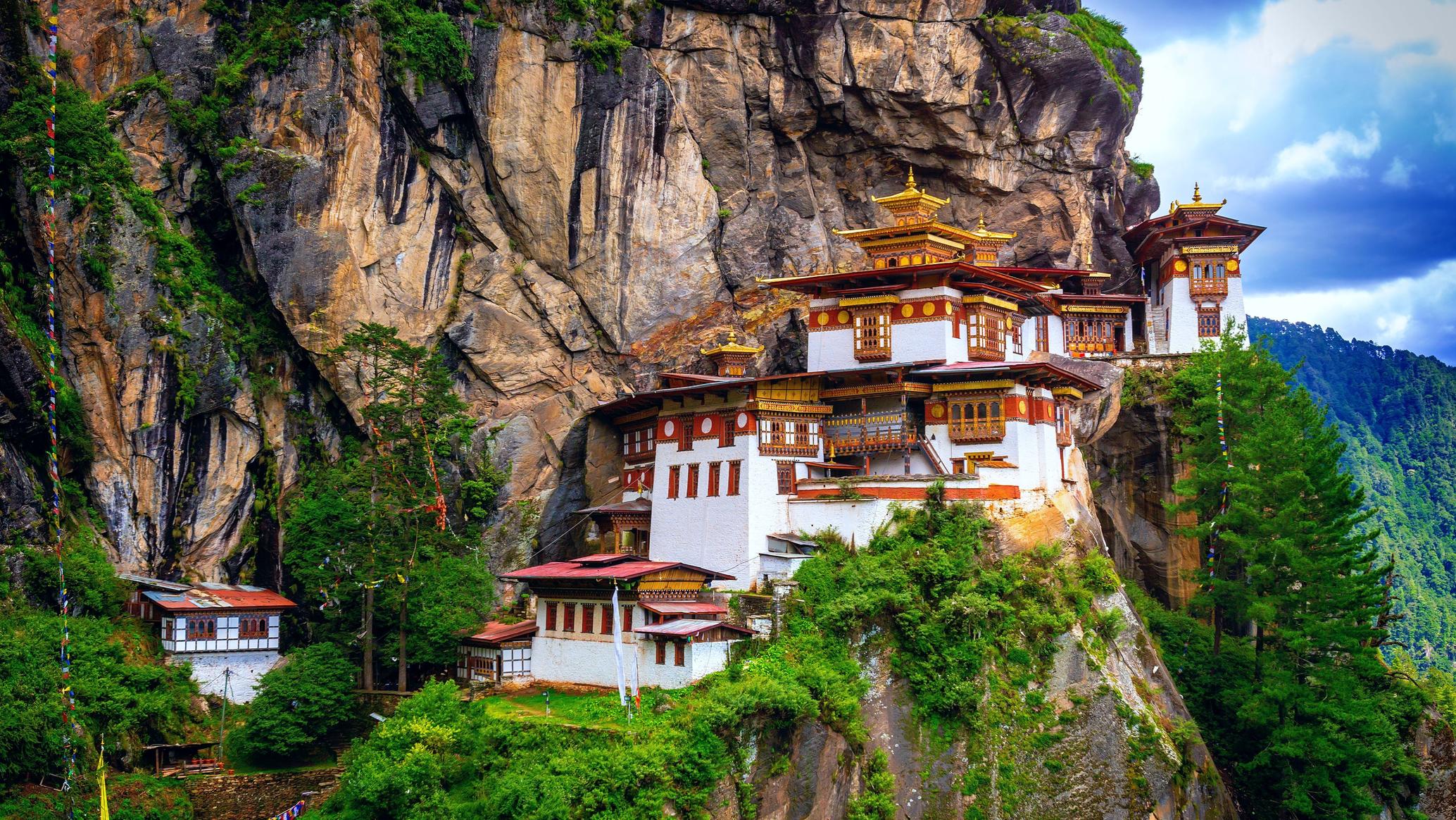
Paro
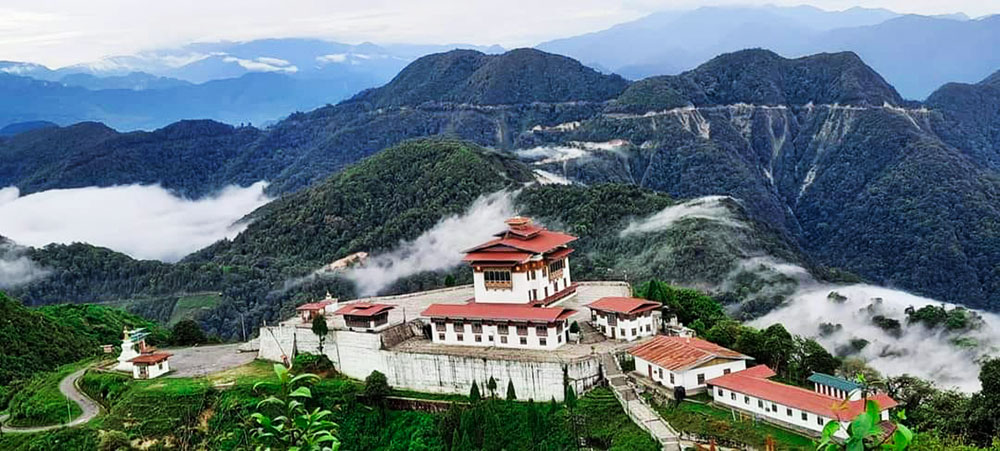
Pemagatshel
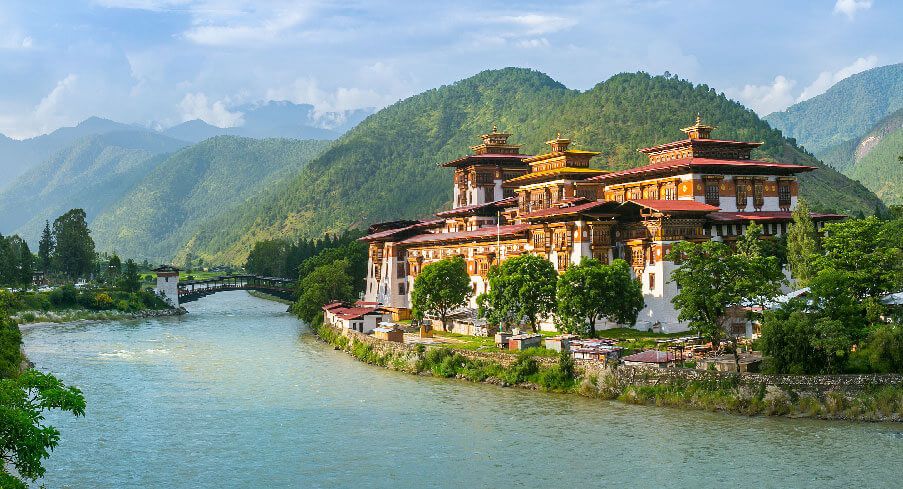
Punakha

Samdrup Jongkhar

Samtse
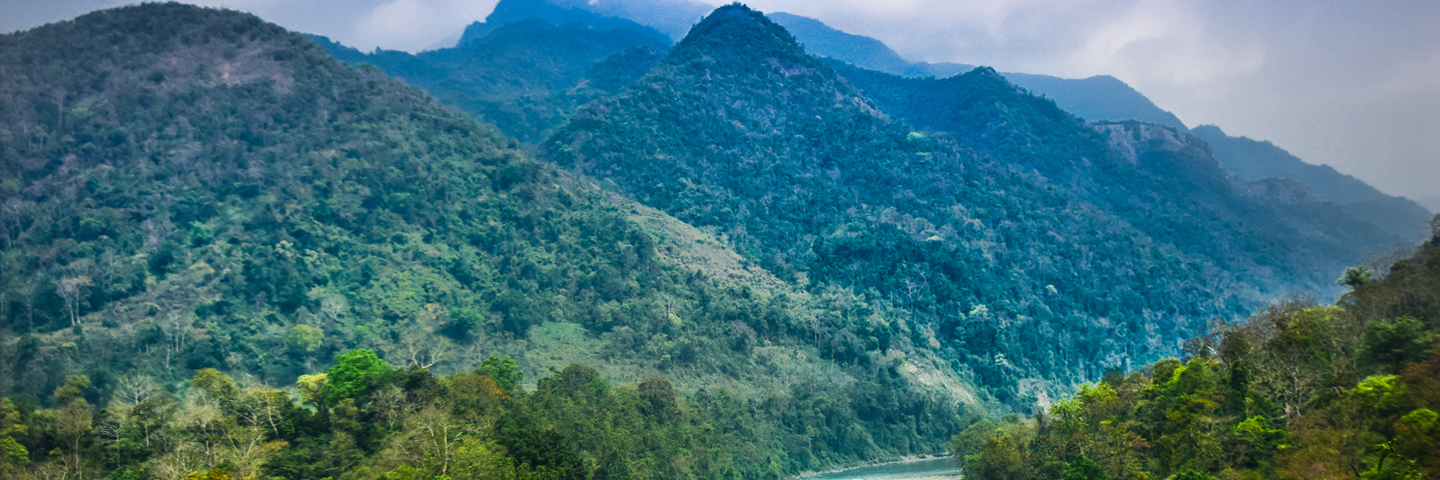
Sarpang

Thimphu
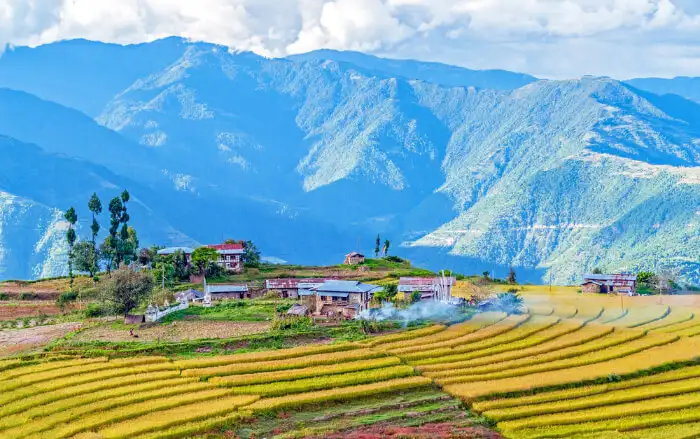
Trashigang

Trashiyangtse
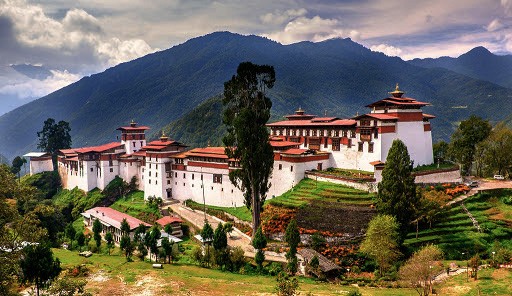
Trongsa
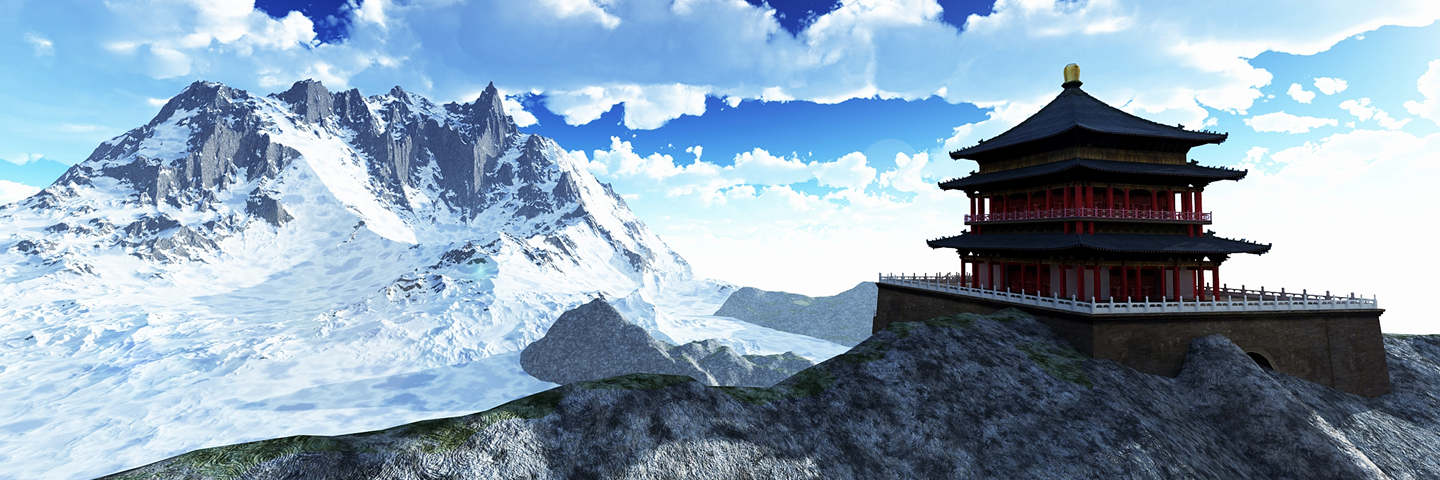
Tsirang
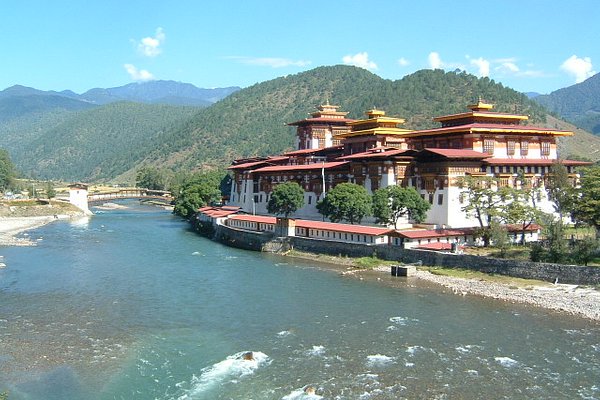
Wangdue Phodrang
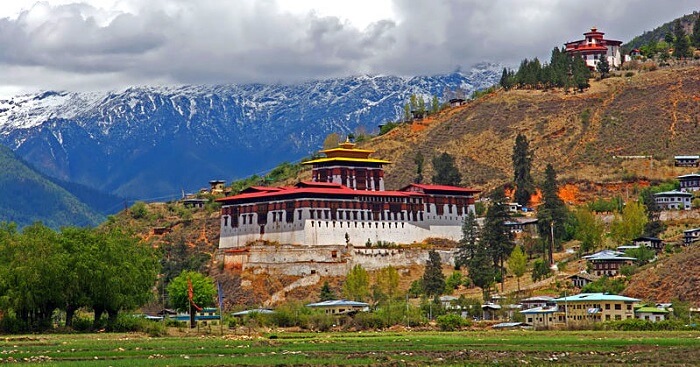
Zhemgang
Before you go 🛩
Important information you should know before your trip
Info

Capital | Thimphu
Flag Codes:
ISO alpha-2 BT,
ISO alpha-3 BTN
Currency
Badge | Ngultrum butanés
CODE | BTN
NUMBER | 064
SYMBOL | Nu.
FRACTION | chetrum
Mobile Coverage
Dialing Code | +91
SIM Card
Coverage | 3G / 4G / 5G |
Mobile Networks | B-Mobile | TashiCell |
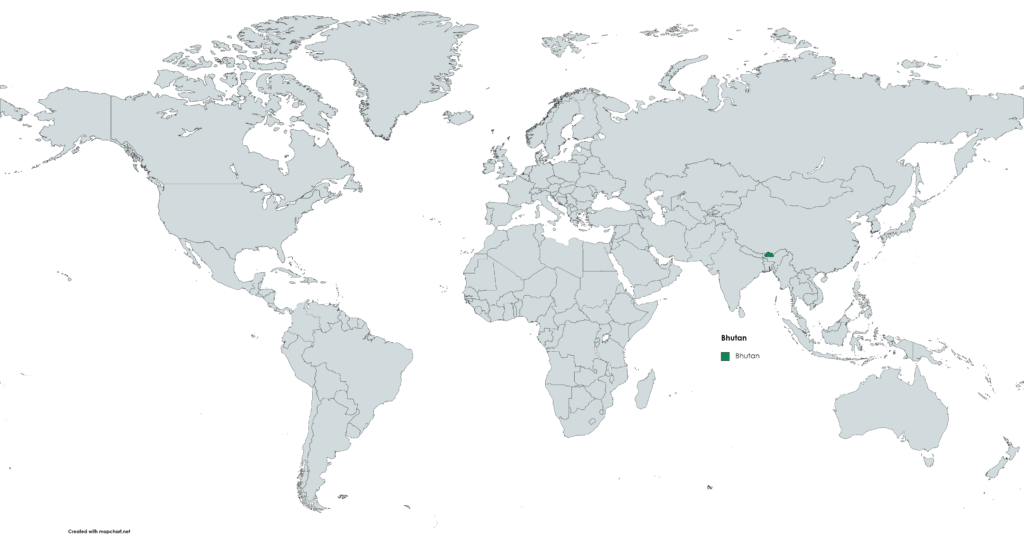
Location
Bhutan is a small country located in South Asia, in the Himalayas. It borders China to the north and India to the south, east and west. It is one of the smallest countries in the world, with a total area of approximately 38,394 square kilometers.
Its exact geographical location is between 26°42′ and 28°17′ north latitude and 88°45′ and 92°12′ east longitude.
Currency
The official currency of Bhutan is the ngultrum (BTN). One ngultrum is divided into 100 chetrum. Although the ngultrum is the official currency, the US dollar is also widely accepted in the country. The Central Bank of Bhutan is responsible for the issuance and regulation of the national currency.
Languages
The official and most spoken language in Bhutan is Dzongkha, which is spoken by around 60% of the population. Dzongkha is a Tibeto-Burman language and is the national language of Bhutan.
In addition to Dzongkha, other languages are also spoken in Bhutan, such as Nepali, Tshangla and Lhotshamkha. Nepali is spoken mainly by the Nepali community in the south of the country, while Tshangla and Lhotshamkha are regional languages spoken in the east and south of Bhutan, respectively.
English is also widely spoken in Bhutan, especially in the tourism and business sector. Additionally, English is a mandatory language in higher education in Bhutan and is taught in most schools in the country.
Climate 🌡
The climate in Bhutan varies depending on altitude and geographical location. In general, the country has a humid subtropical climate in the low areas and an alpine climate in the high areas.
In the low areas, which are located at an altitude of up to 1,200 meters above sea level, the climate is warm and humid throughout the year, with an average annual temperature of around 27°C. Rainfall is abundant during the summer months (June to August) and can cause flooding and landslides.
In the intermediate zones, which are between 1,200 and 2,400 meters above sea level, the climate is cooler and more pleasant throughout the year, with average annual temperatures ranging between 15°C and 20°C. Rainfall is less intense than in low-lying areas, but can still be abundant.
In the high areas, which are above 2,400 meters above sea level, the climate is cold and alpine, with temperatures that can fall below zero in winter. Precipitation is less frequent, but snowfall can occur in winter.
In general, the best time to visit Bhutan is during the spring (March to May) and autumn (September to November) months, when the climate is drier and temperatures are milder. However, each season has its charm and can be visited at any time of the year, depending on each person’s preferences.
Bhutan travel tips
If you’re planning a trip to Bhutan, here are some travel tips to enhance your experience:
Respect Local Culture:
Embrace Bhutanese customs and show reverence at religious sites.
Modest Attire:
Dress modestly, especially when visiting temples and monasteries.
Local Cuisine Exploration:
Savor India’s rich culinary scene but be cautious with street food to avoid stomach issues.
Warm Hospitality:
Appreciate the warm hospitality of the Bhutanese people during your stay.
Transportation:
Bhutan’s transportation includes scenic drives on winding mountain roads, limited air travel, and traditional walking, reflecting the country’s unique charm. View Guide.
Culinary Exploration:
ISample Bhutanese cuisine, including local favorites like Ema Datshi and Suja butter tea.
Sustainable Tourism:
Support eco-friendly practices and contribute to Bhutan’s commitment to sustainability.
Enjoy your time in Bhutan!

The best of the best
The food in Bhutan is unique and is characterized by its spicy flavor and the use of local ingredients such as red rice, yak cheese and chili.

Ema Datshi
Is the national dish of Bhutan and consists of chilies (ema) and cheese (datshi) in a creamy sauce. It is served with rice and is a spicy and tasty meal.

Red rice
Is a type of brown rice grown in Bhutan. It is a staple food in the Bhutanese diet and is served with most dishes.
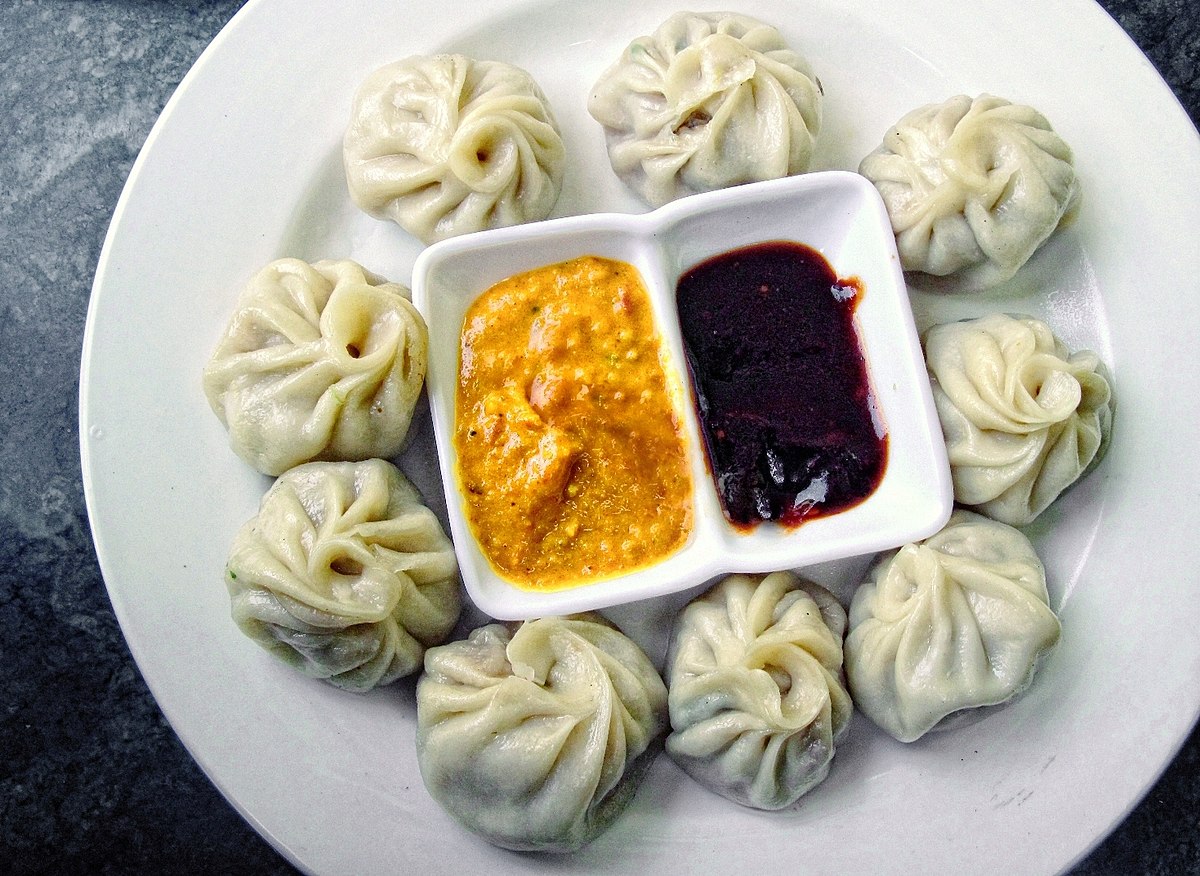
Momos
They are small dumplings filled with meat, vegetables or yak cheese. They are steamed and served with a spicy chili sauce.
Here are some typical Bhutanese foods:
Phaksha Paa: It is a pork dish cooked with chilies and cabbage. It is a spicy and tasty dish served with rice.
Suja: It is a salty tea drink that is prepared with tea, salt, yak butter and yak cheese. It is a comforting drink served hot and is popular among the Bhutanese.
Yaksha Shakam: It is a dried yak meat that is eaten as a snack. It is a protein-rich and dry food, making it ideal to carry during treks in the mountains of Bhutan.
In addition to these dishes, there are many other traditional foods and drinks in Bhutan, including local fruit juices, soups, curries, and desserts made with rice and local fruits.
Transportation 🚥
More information about this country
Choose your destination 📍🗺
Useful Links ✅



